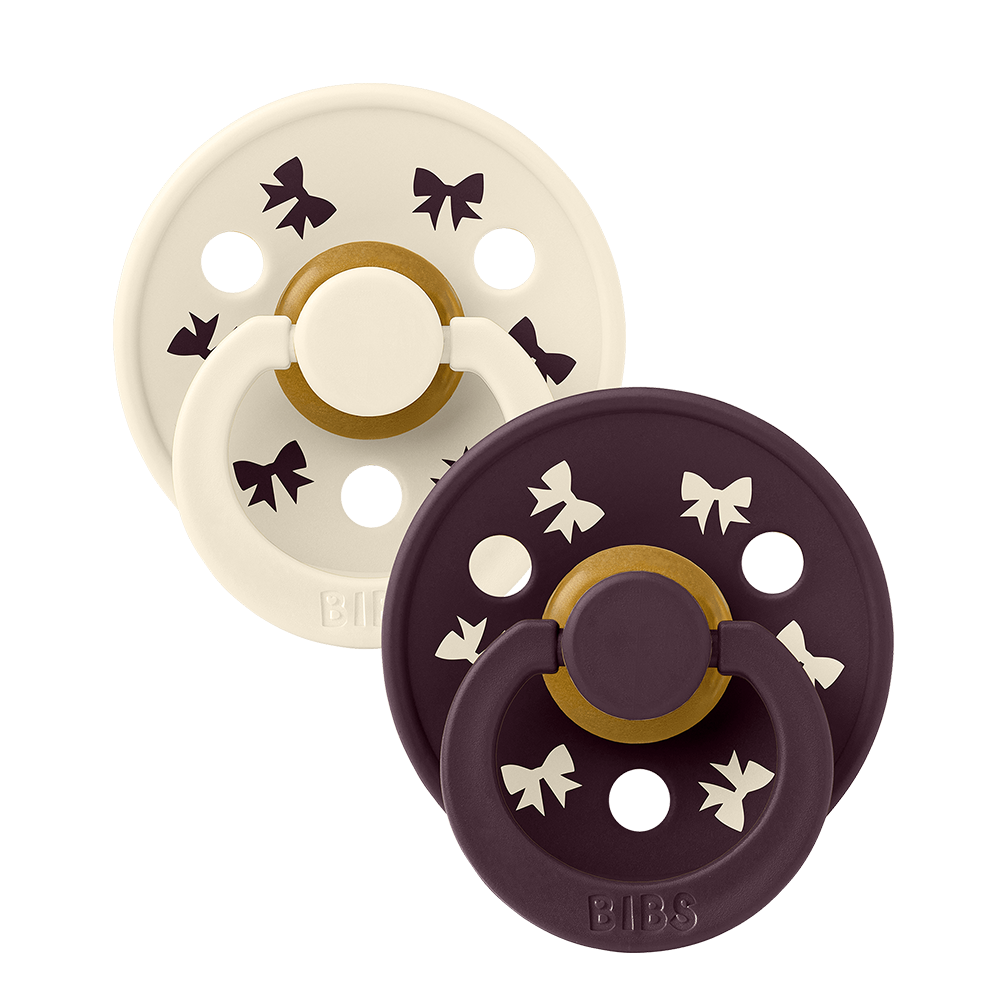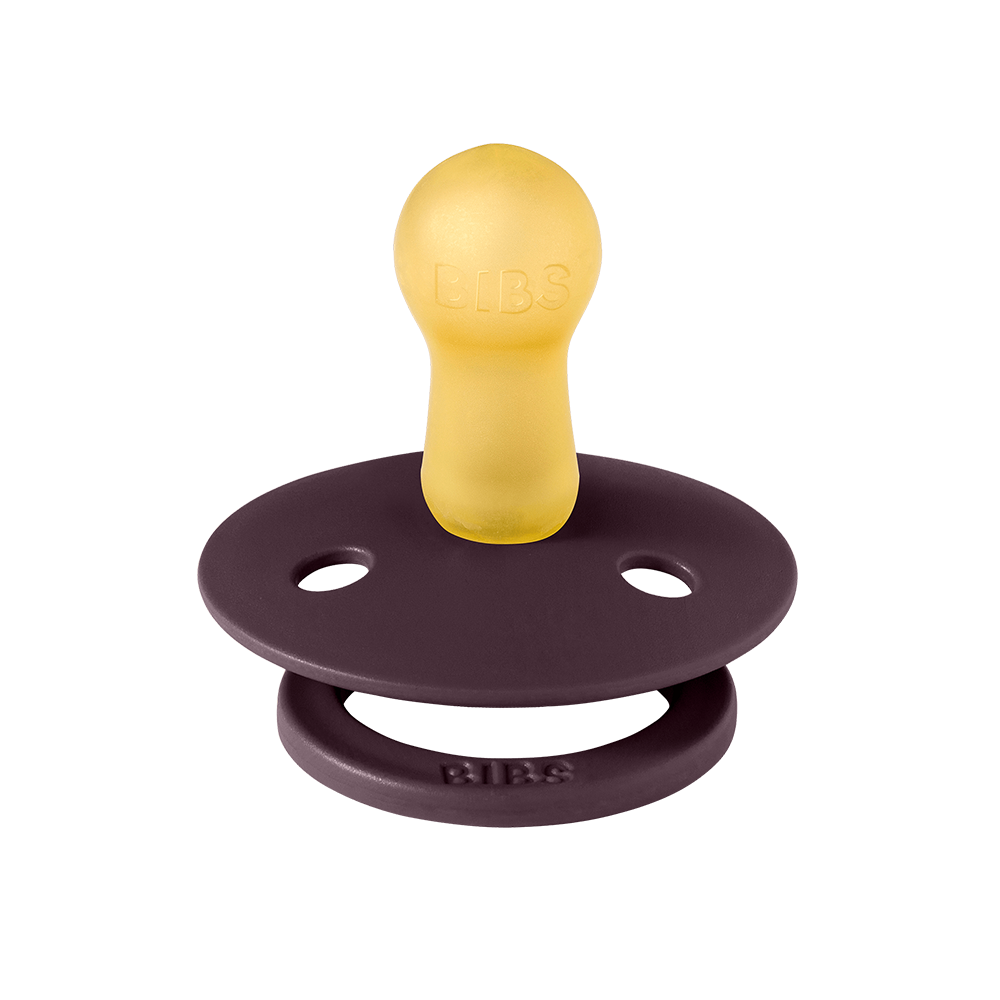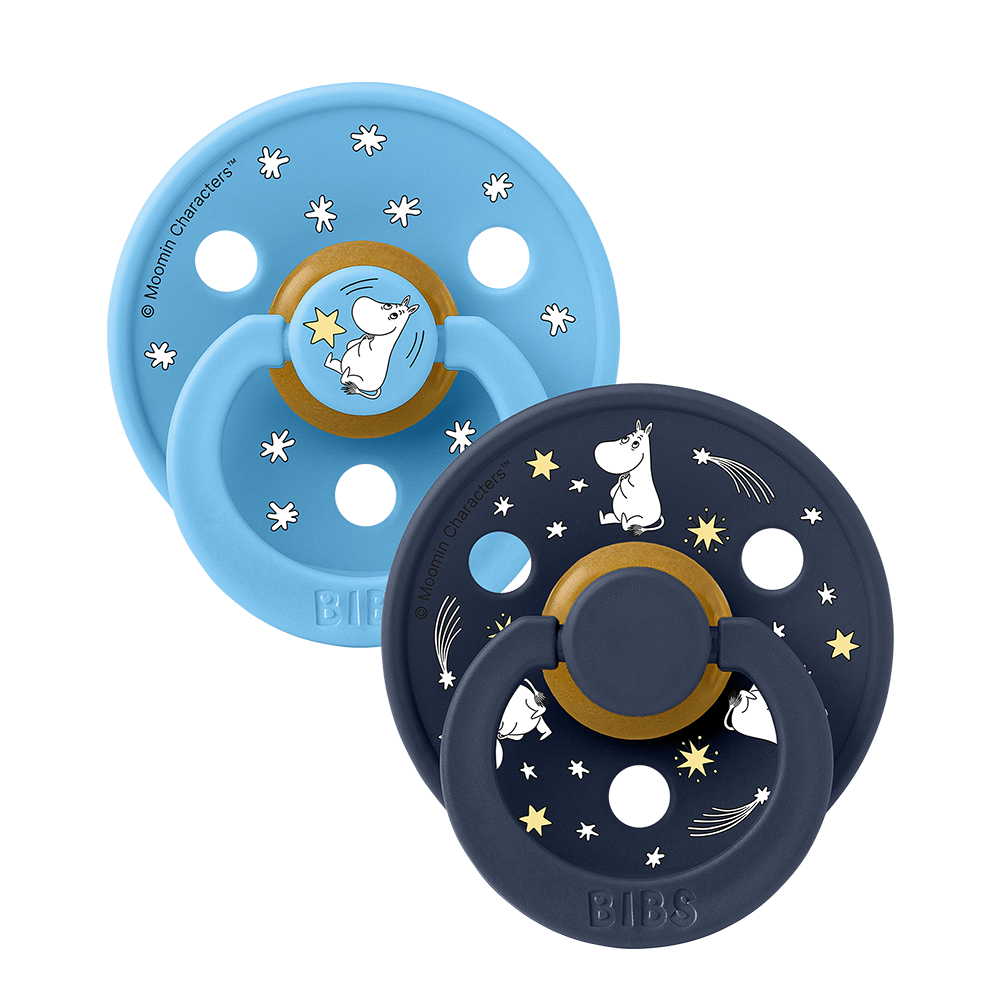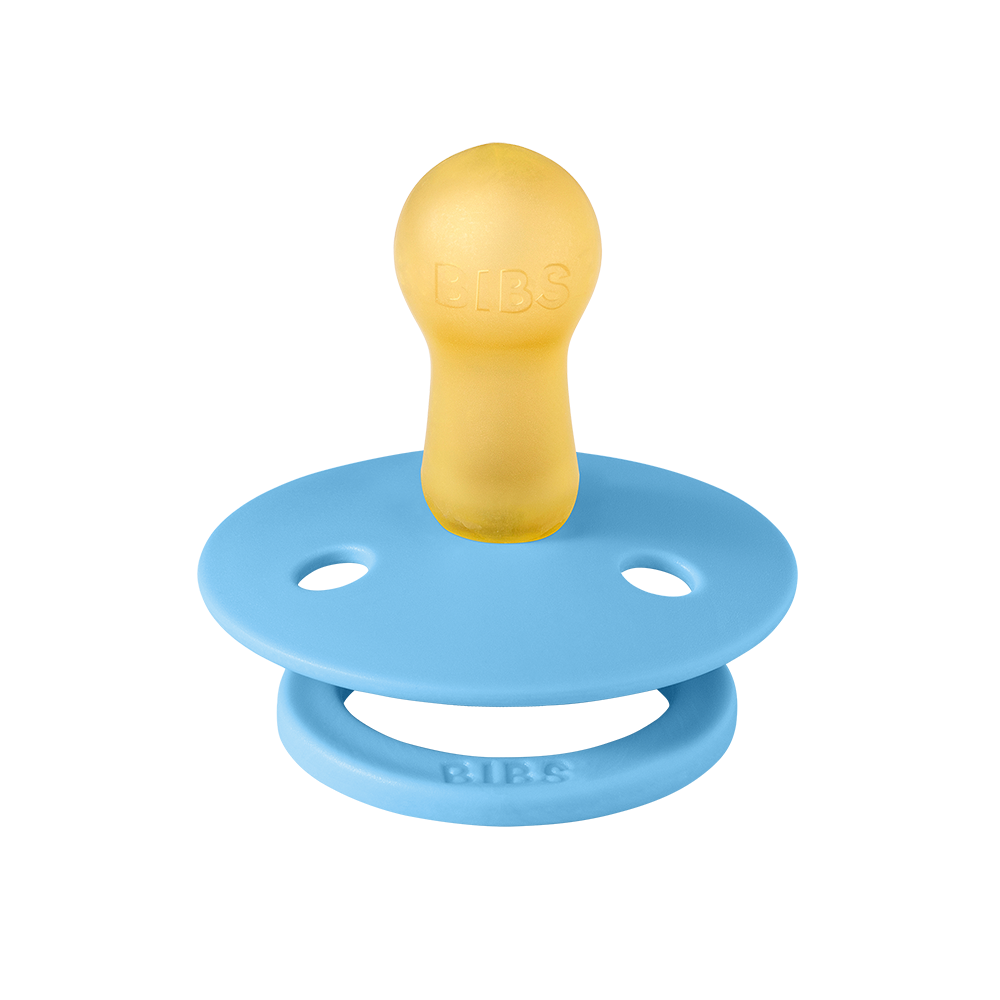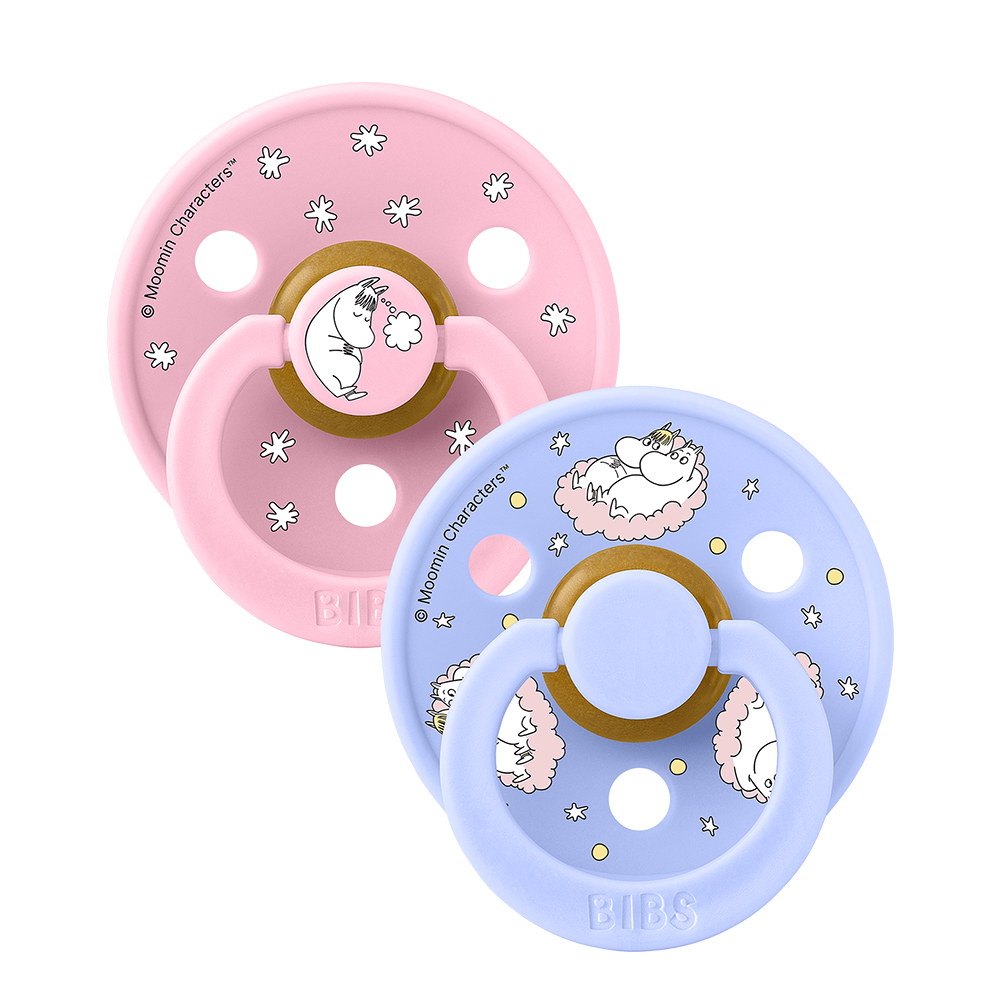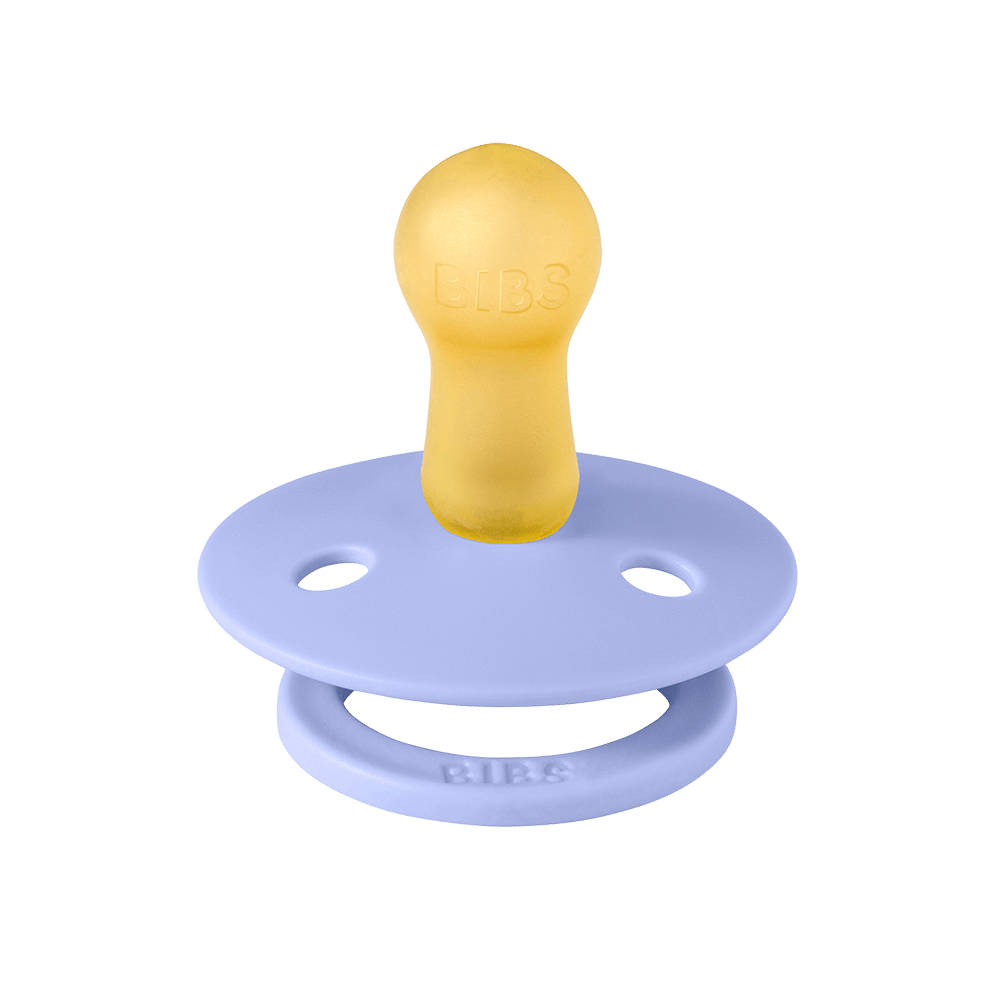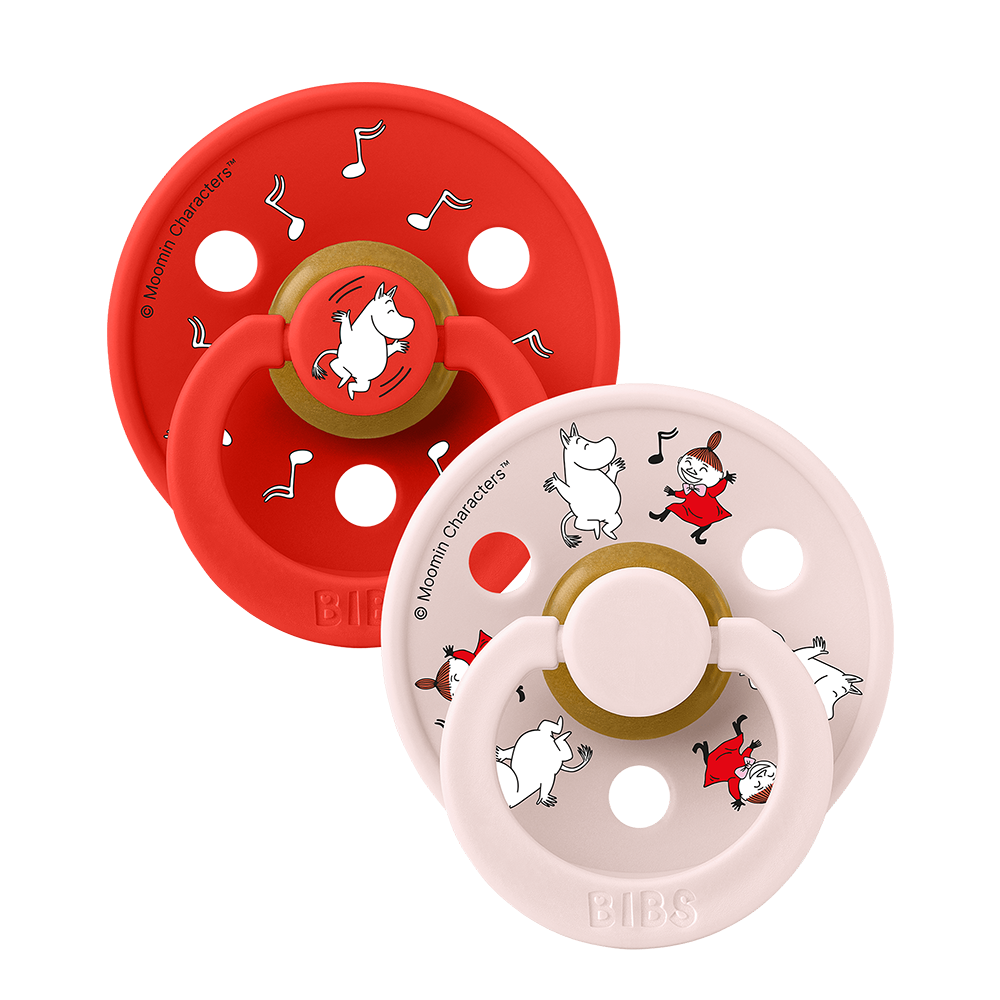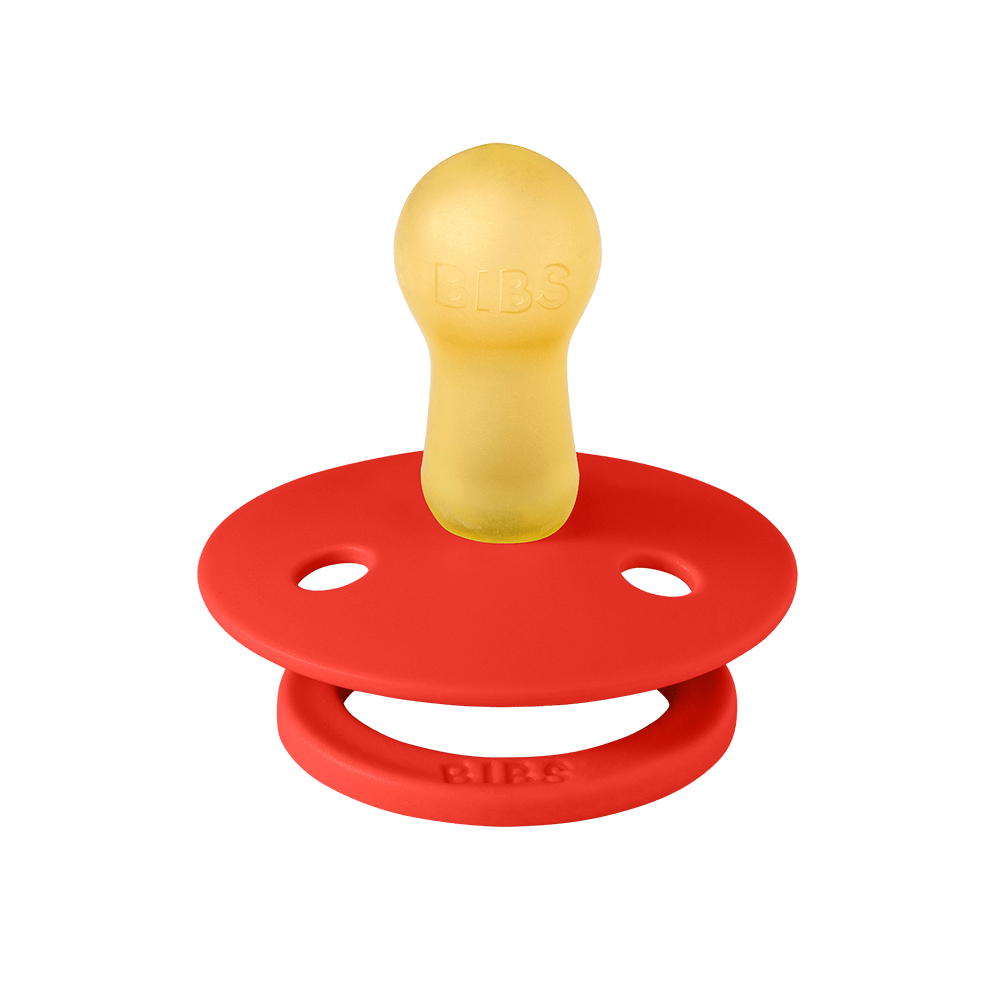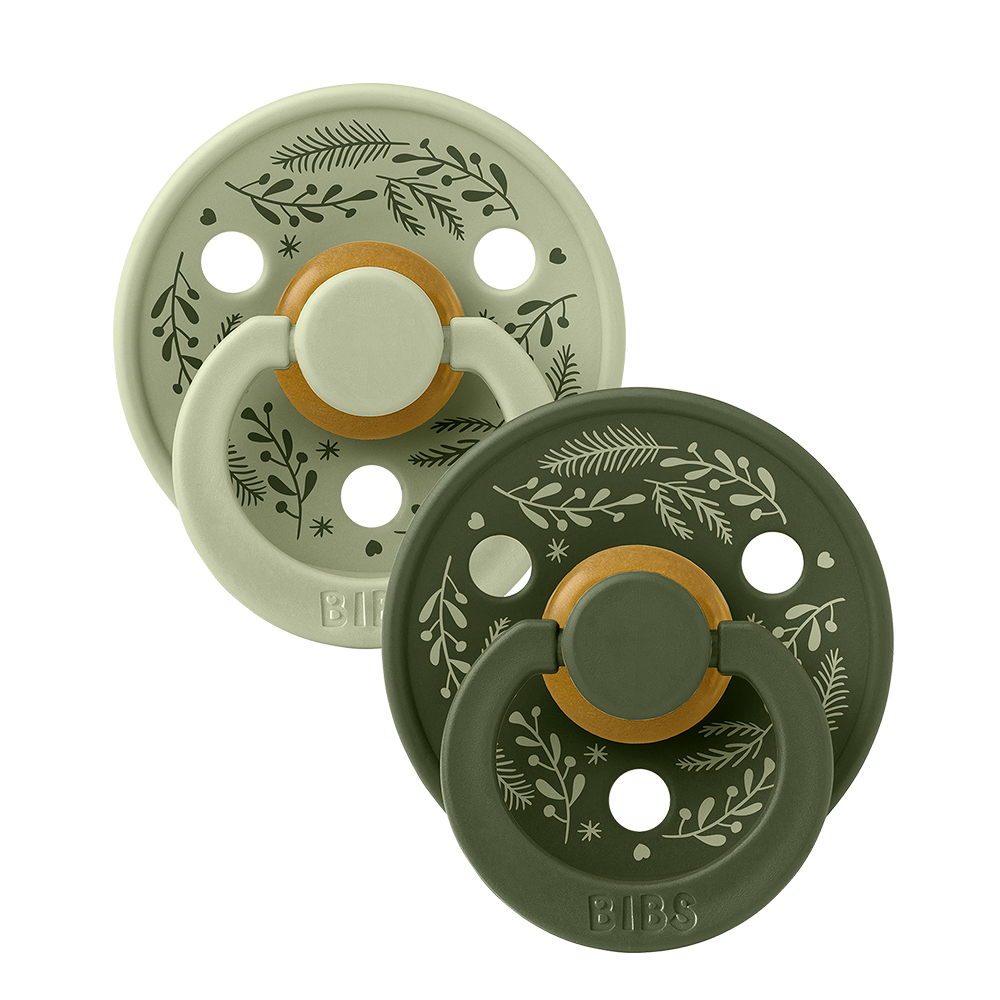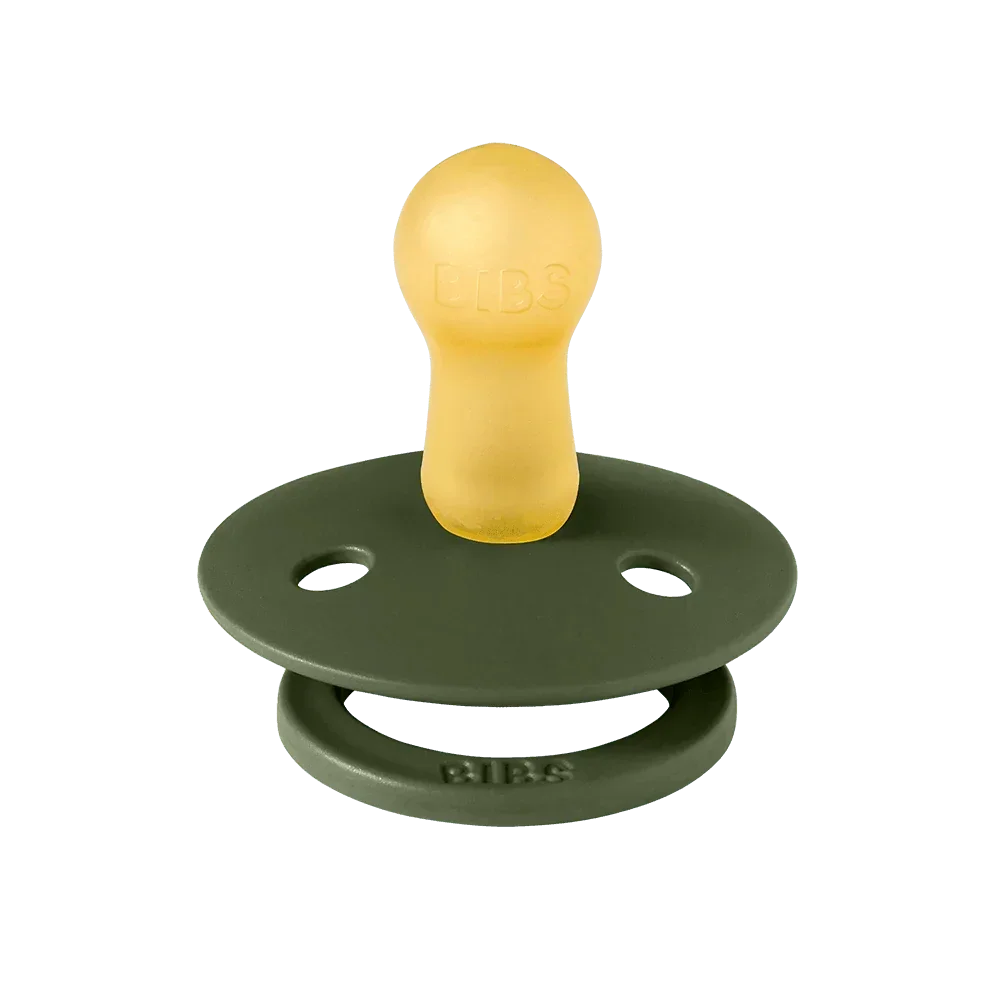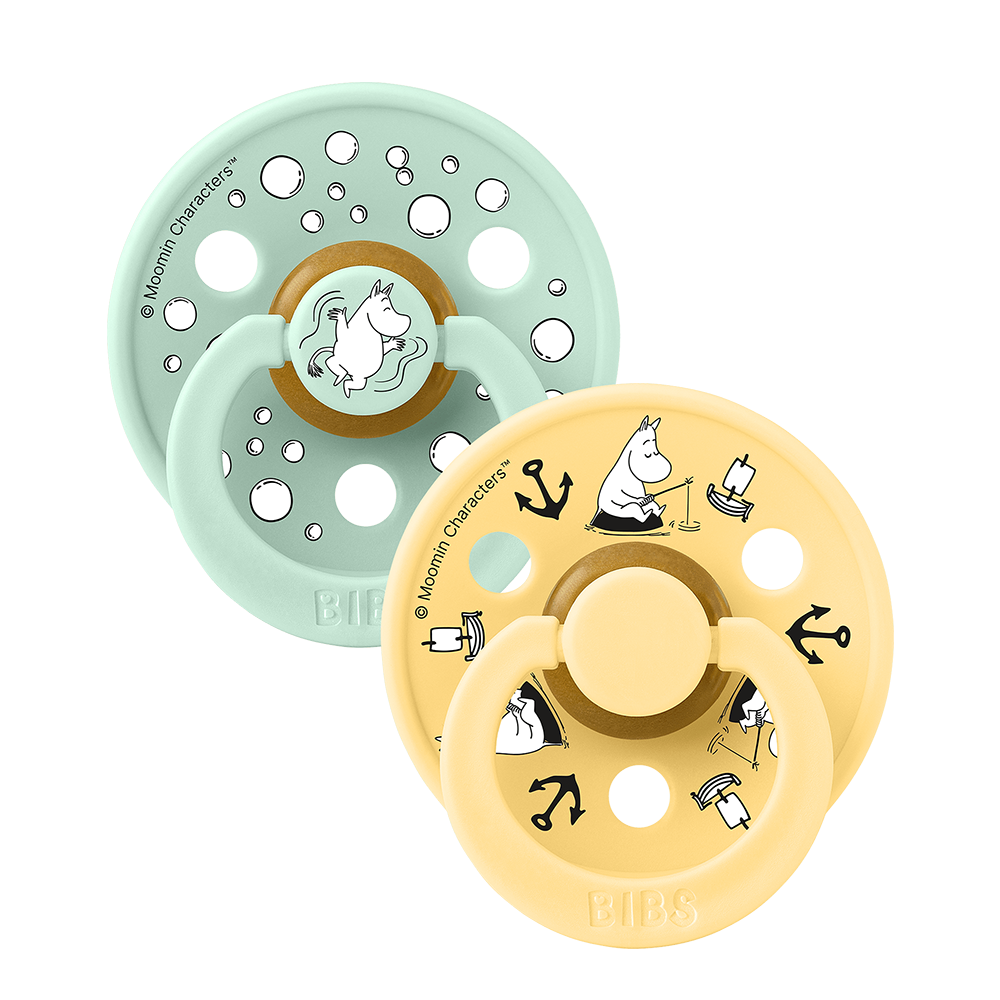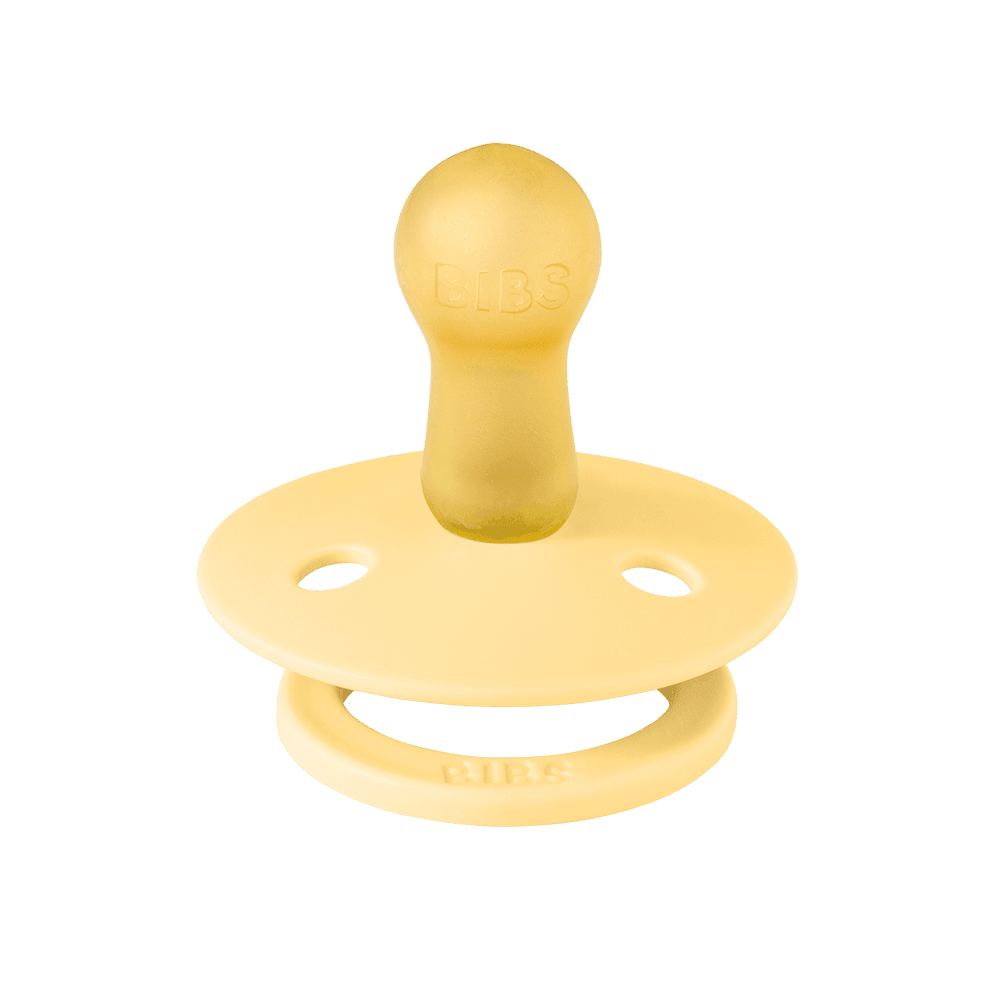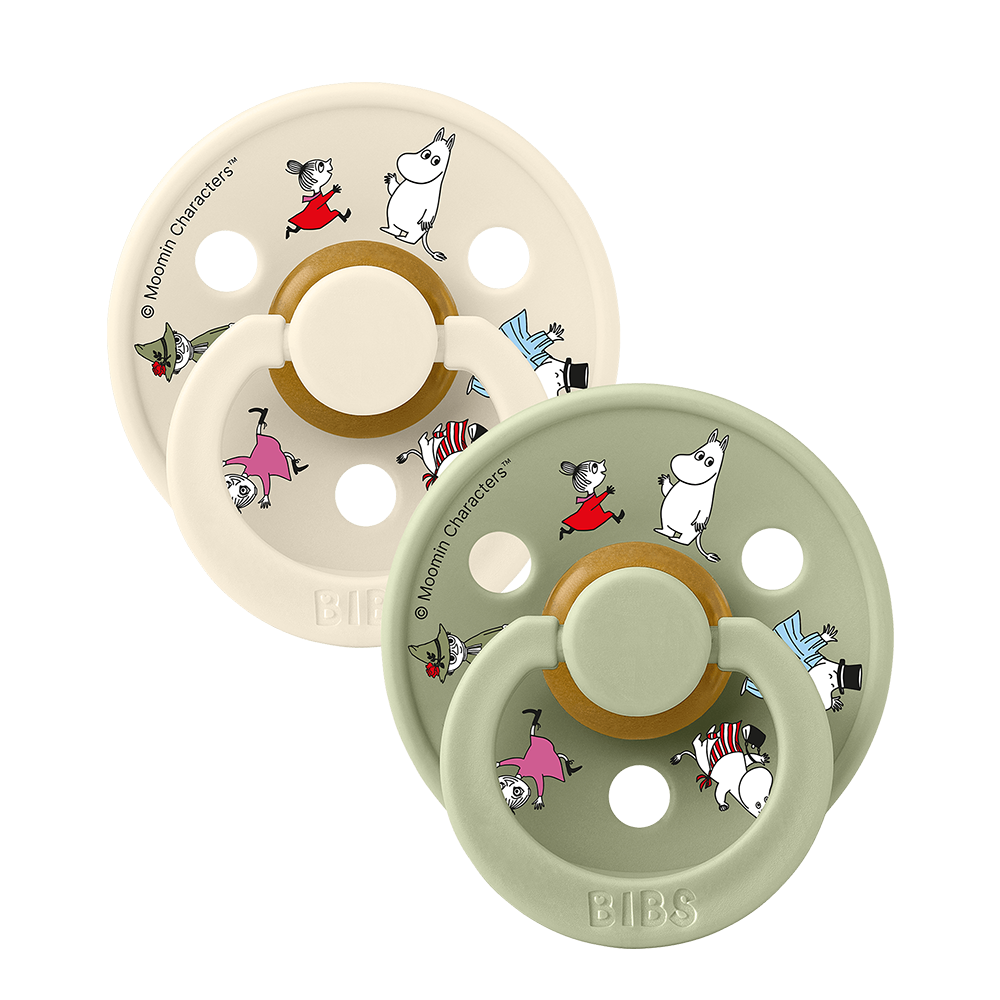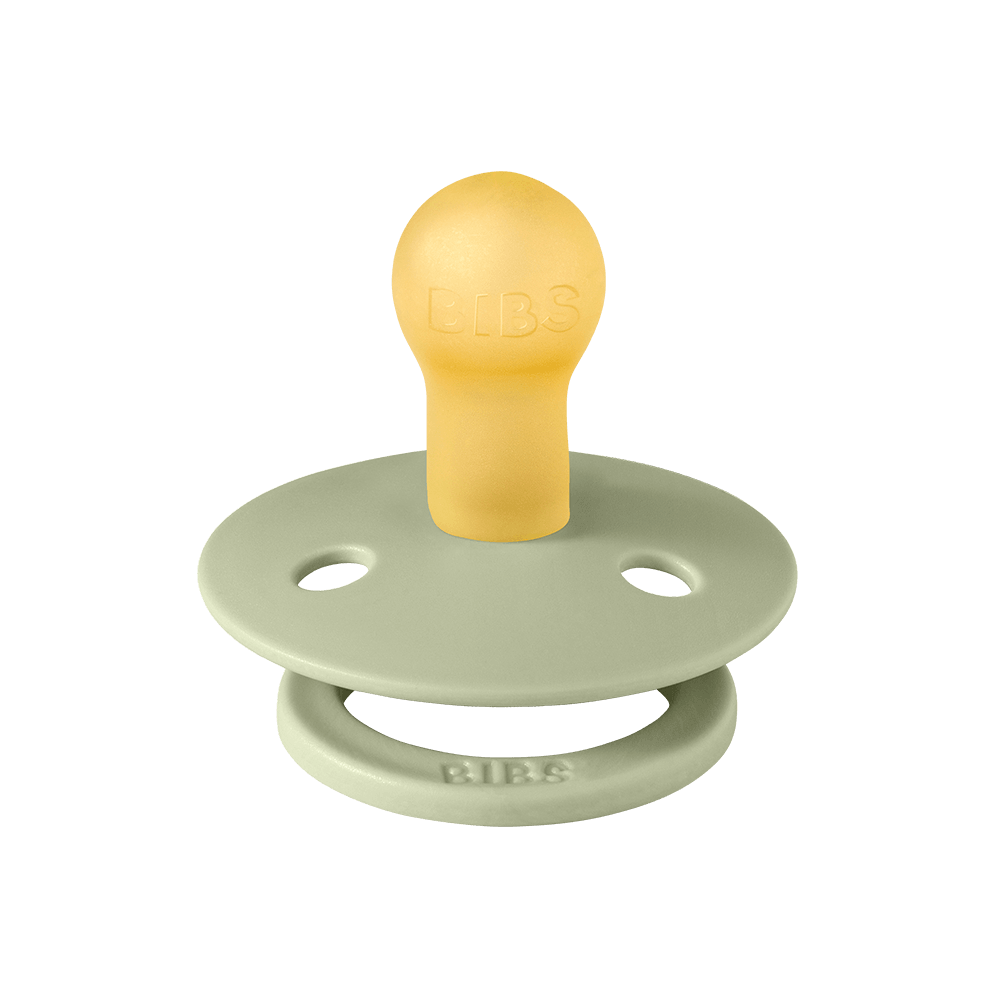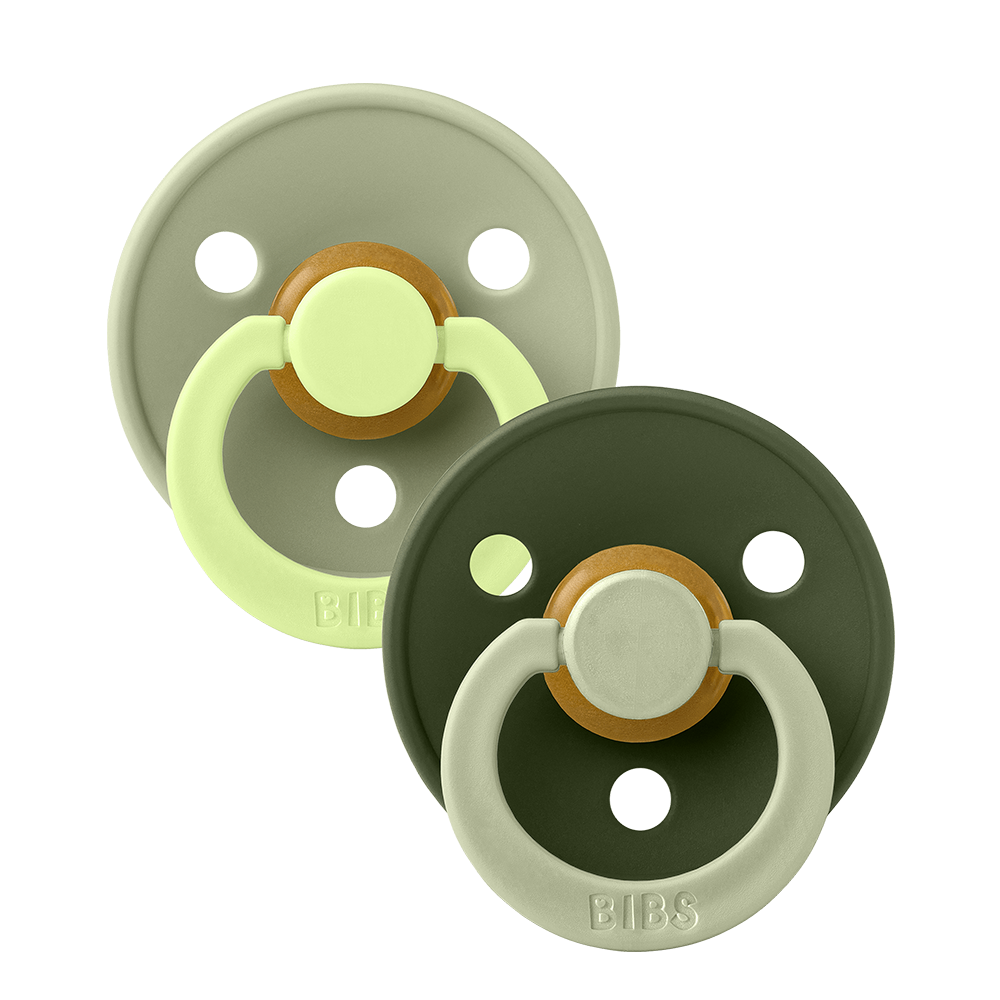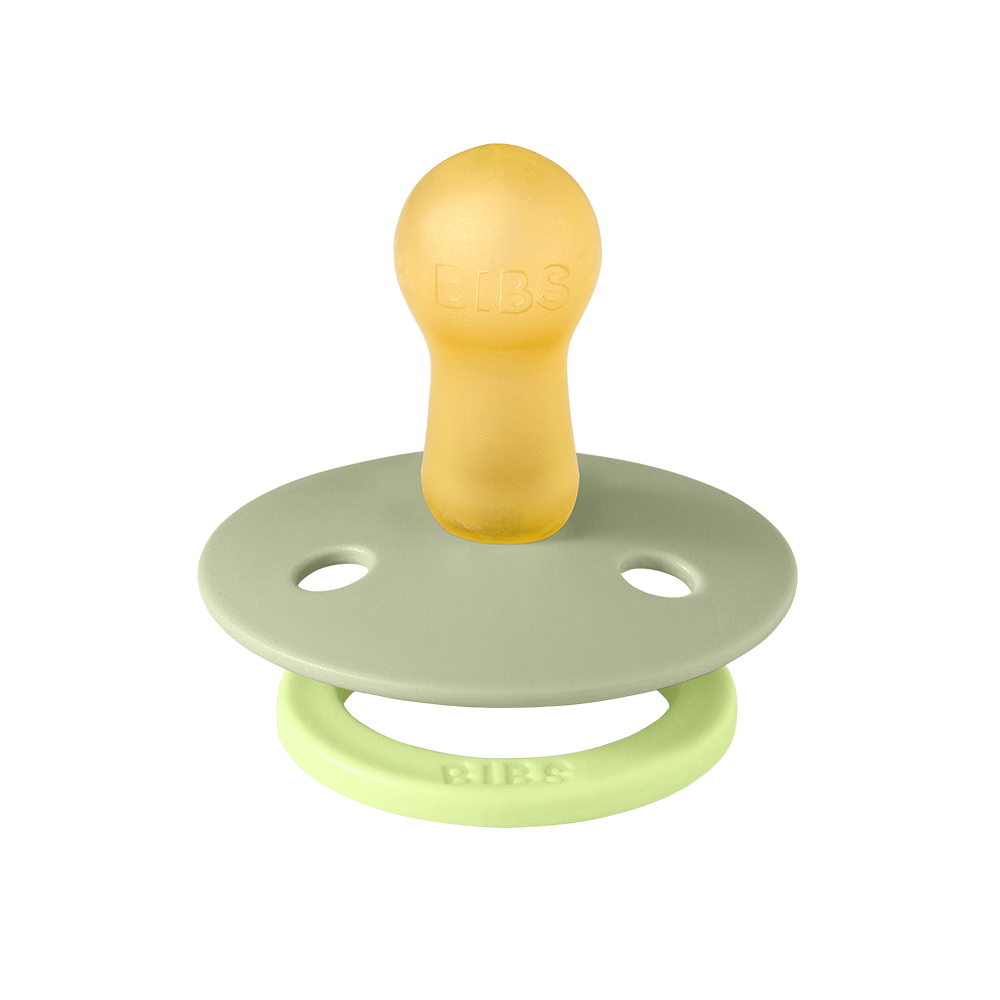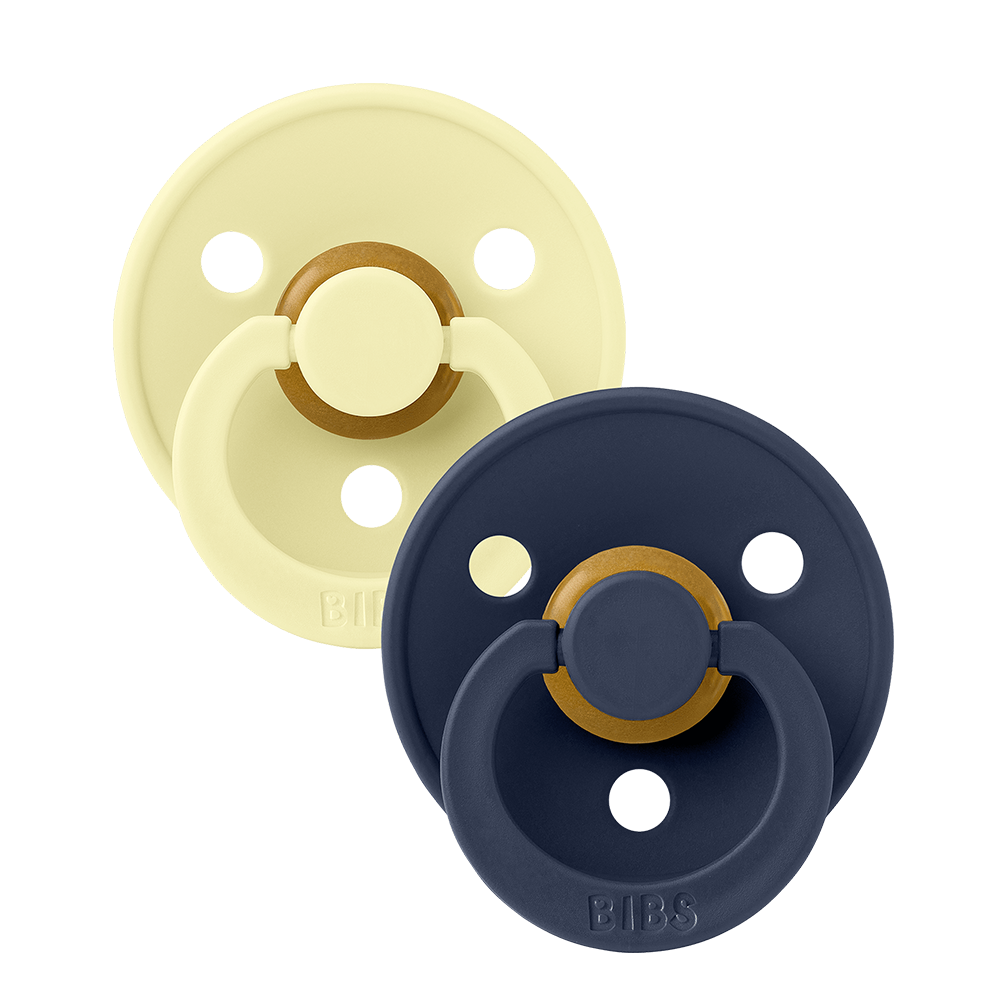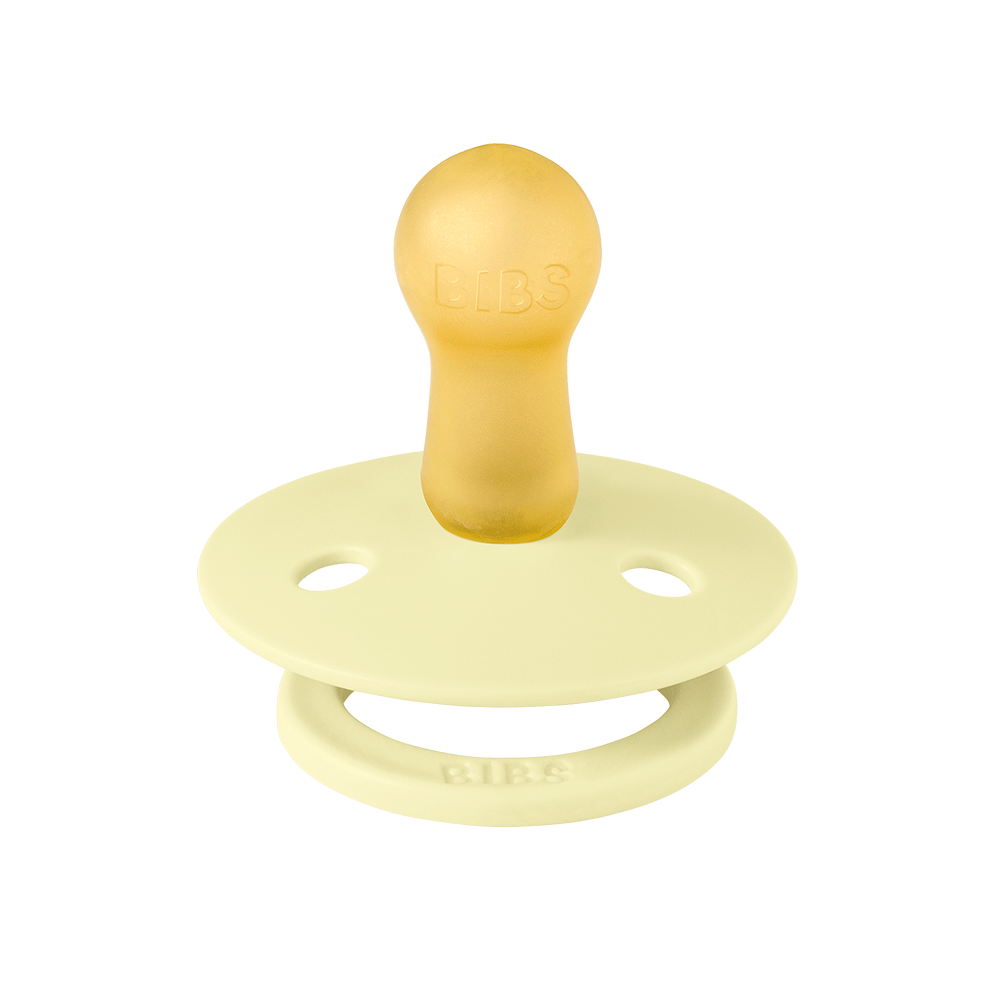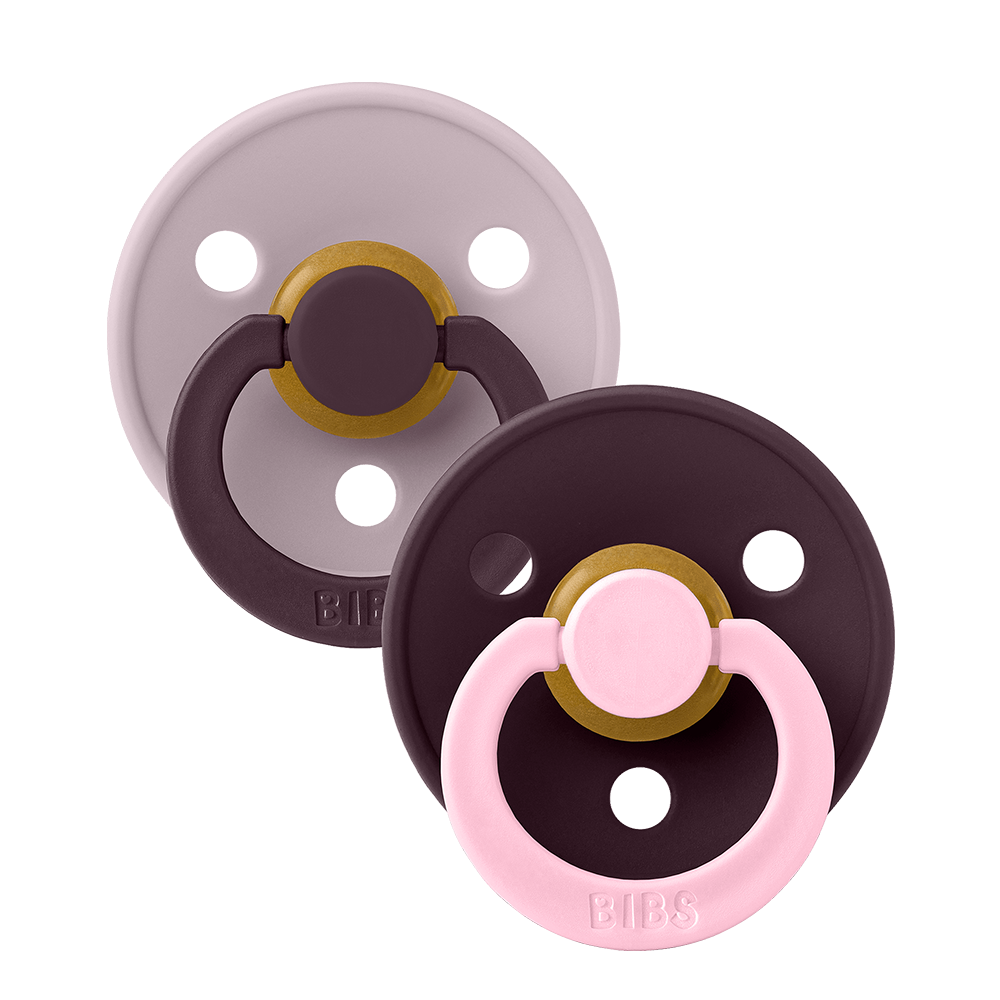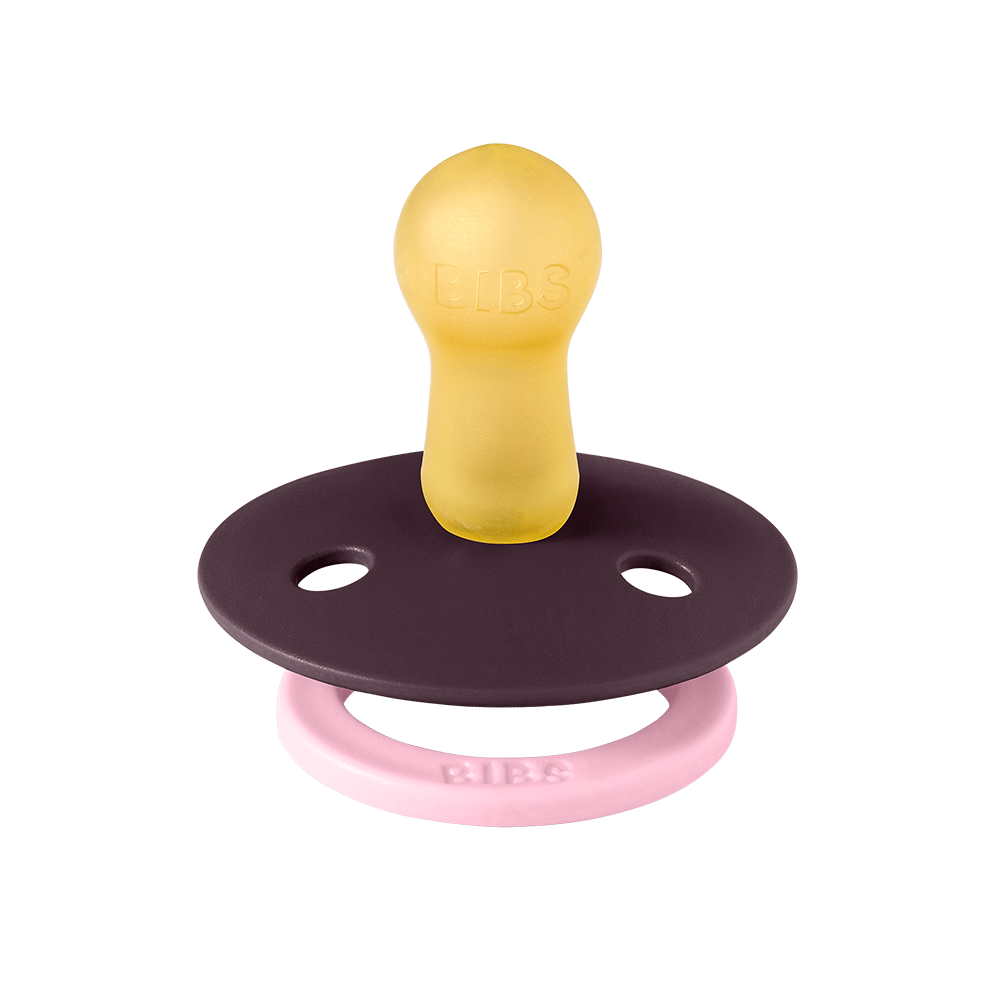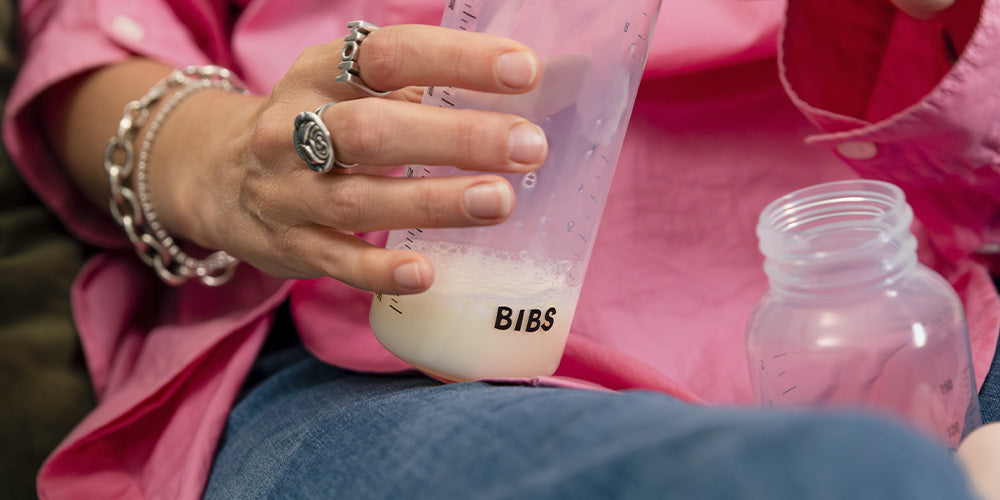
All babies are unique in their way. They have different needs, different preferences, and different sucking techniques when being fed. To accommodate this, our range of bottle nipples has different flow rates to meet your baby’s unique needs. The flow rate refers to the size of the hole(s) in the nipple, affecting how quickly milk flows into your baby’s mouth.
Our baby bottle nipples are available with both slow and medium flow - suitable for both milk and water.

Flow rate guide:
Since all babies are unique, it might be necessary to try out different flow rates to find the flow that suits your baby’s feeding habits.
However, for newborn babies, a slow flow rate is recommended for slowing down bottle-feeding to better mimic breastfeeding, to better control milk intake, and secure babies do not overeat. Normally, will the flow rate change over time as the baby grows, and the older the baby gets he or she will prefer a faster flow rate.
However, every child is different, and many factors determine which flow rate suits your child! That is also why we have not age-specified our nipples and their flow rate.
Breastfed vs. formula-fed baby
When giving a breastfeeding baby a bottle, registered nurse Kirsten Lise Andersen recommends, that you always use a bottle nipple with a slow flow. This is because breastfed babies are used to working for the milk during breastfeeding since it is harder for the baby to suck out milk from a breast than from a bottle. The flow rate must reflect the flow from the breast. If it is too easy for the baby, he or she might start to get lazy or even refuse the breast.
It should take approx. 15-20 minutes to finish a bottle. If it is much faster you should consider a slower flow, and if it is much slower you should consider a faster flow.
If your baby is not breastfed, you don’t have to mimic the breast as much. To find the right flow rate you can follow the following signs:
Signs that the flow rate is too slow:
- The baby becomes impatient or aggravated when eating.
- It takes longer than 15-20 minutes to finish a bottle or the baby falls asleep during eating.
Signs that the flow rate is too fast:
- The baby is gulping.
- The baby is coughing.
- The baby is choking.
- The baby is swallowing too much air.
Listen to registered nurse Kirsten Lise Andersen explain why flow rate is important and her recommendation for finding the right flow rate:
Kirsten Lise Andersen is a registered nurse and health visitor with her private nursing practice, ‘Working With Baby’. She has 15 years of experience working with children as a registered professional nurse, and she is the mother of four boys. Kirsten is our go-to advisor in everything health-related, as she has years of experience and the needed expertise to answer all our and your questions regarding babies.

